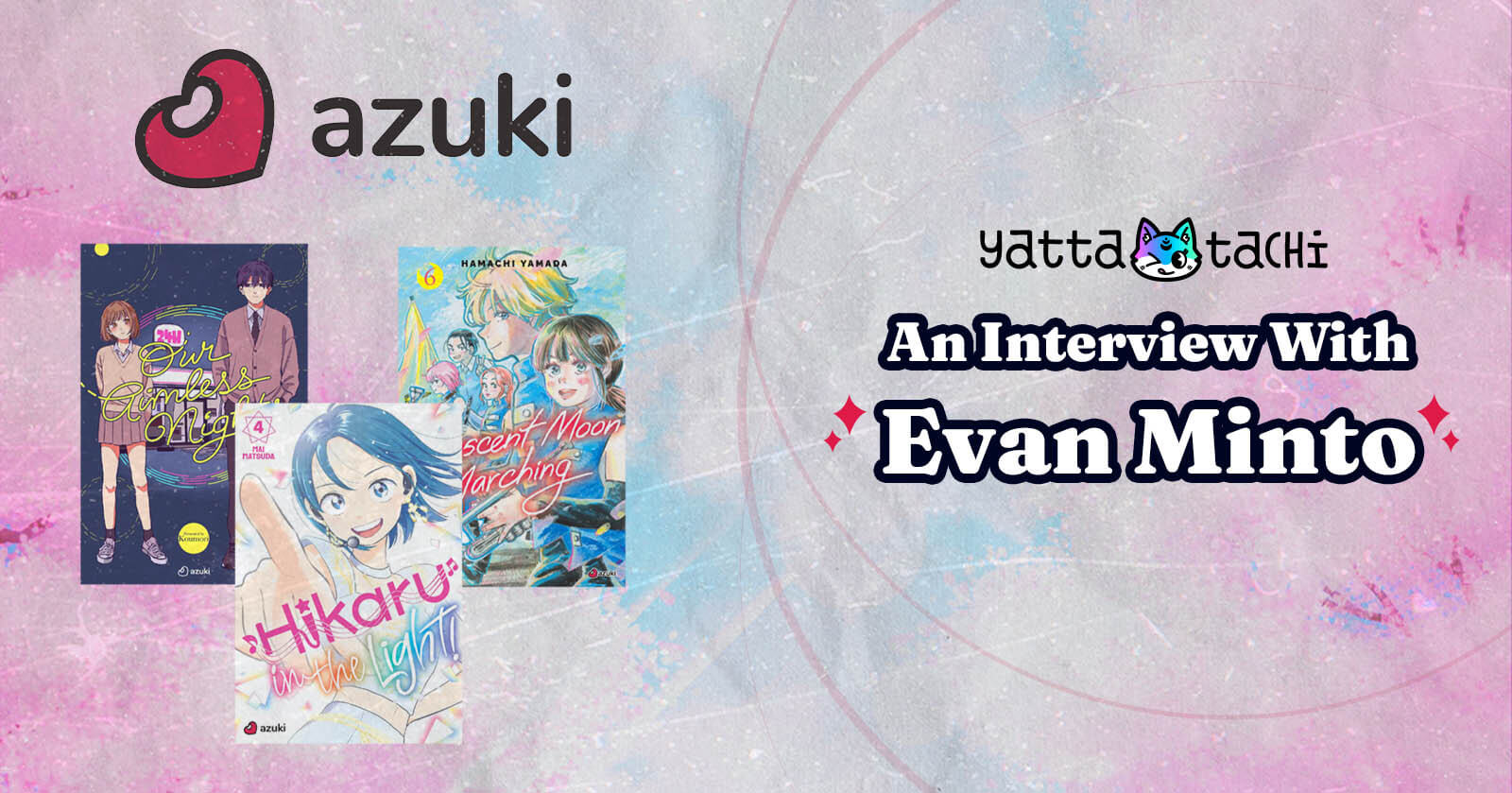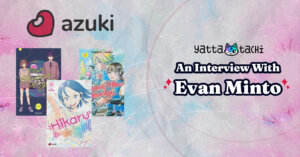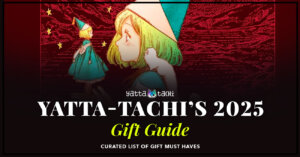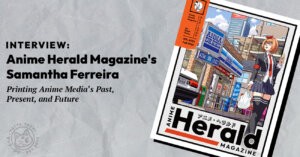The rapid growth of the manga industry over the past decade has paved the way for a new industry: it has made large companies like Crunchyroll and Viz Media undoubtedly richer, and allowed smaller companies to find their niche. Independent publishers, app developers, and licensers fight every day to make a place for themselves in this harsh industry. One such app is Azuki.
Azuki was launched in June 2021. A product of KiraKira Media Inc., the app provides a wide variety of manga: romance, action, slice-of-life and even some independent comics. Rather than charge per chapter as webtoon platforms do, Azuki operates on a subscription model similar to Crunchyroll or the Shonen Jump app. It also features a number of exclusive series including My Dear Detective: Mitsuko’s Case Files and Crescent Moon Marching.
At AnimeNYC, Azuki also announced its collaboration with Scholastic Graphix. They are set to publish print color editions of the Azuki series Hikaru in the Light! and Mecha-Ude: Mechanical Arms. Considering that Scholastic is (according to Brian Hibbs’s BookScan analysis) the single largest distributor of graphic novels in the United States, this is a big deal. It’s also a great example of how Azuki has punched above its weight as a small start-up.
Yatta-Tachi had the opportunity to interview Evan Minto, one of Azuki’s five co-founders. Our conversation touched on such topics as the success of shojo manga on the platform, Minto’s personal recommendations, and (of course) the Scholastic deal.
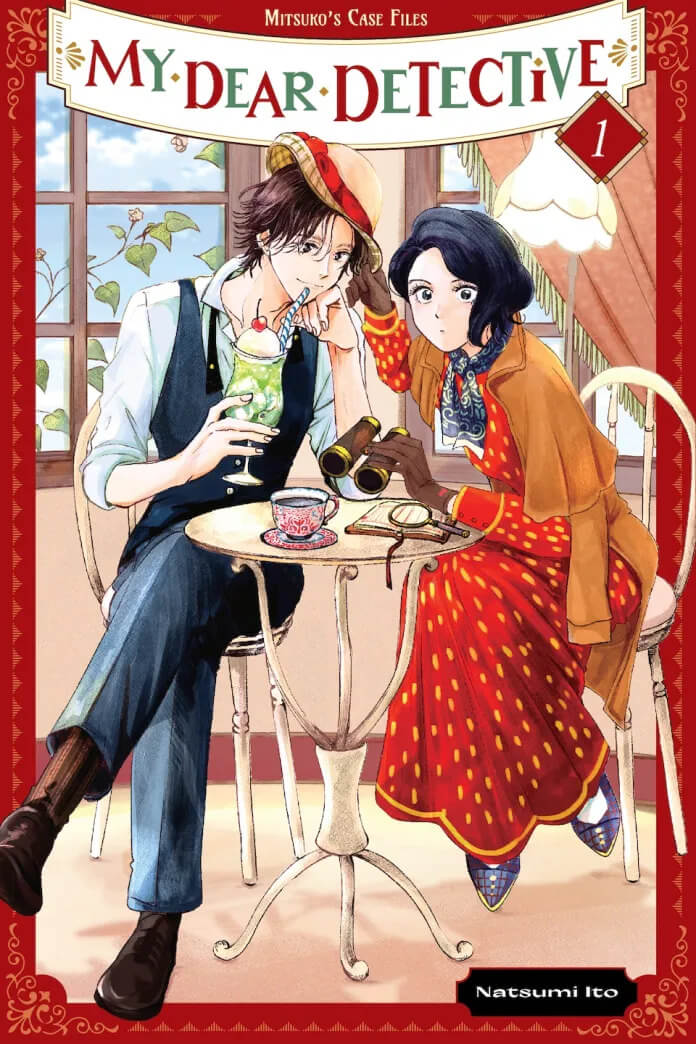
Ease of use as a top priority
ADAM WESCOTT: How has the market for web manga changed since Azuki launched in 2021?
EVAN MINTO: When we first launched, there were already a few manga apps that had launched shortly before us. Since then, there’s been a huge explosion of different apps, including a few from Japanese publishers. While this has meant a lot more manga being released digitally, I think it’s also been confusing for fans who have to juggle a ton of different apps and currency systems to keep up with everything.
When we started in 2021, a lot of publishers were also kind of wary of releasing anything via a subscription business model. Since then it’s gotten a bit easier to get conversations started about subscription. Azuki has been working at publishing more and more series via subscription, and we’ve gotten a great response from fans, so that’s helping us make the case to publishers.
WESCOTT: What lessons has Azuki learned from other manga apps like K MANGA or the Shonen Jump app?
MINTO: We’ve always seen ease of use as a top priority. When apps create complex payment systems that require tons of explanation, it’s harder for fans to just jump in and enjoy the manga. And we’ve definitely seen that confirmed by the positive fan response to apps that provide simple subscriptions and straightforward payment systems.
We’ve also witnessed how sensitive fans can be to how localization is handled. Apps that launched with AI translation front and center or censored artwork have gotten really negative responses. That strengthened our commitment to high quality, human-translated releases that respect the integrity of the original work.

Satisfying readers’ appetites
WESCOTT: Three of Azuki’s four founders met each other at Crunchyroll. How do the needs of a manga app differ from those of an anime streaming app?
MINTO: Four out of five actually! Abbas Jaffery, Adela Chang, Ken Urata, and myself.
One interesting thing is that manga fans read much faster than anime fans can watch, because while videos are a specific duration, manga reading time is only limited by each reader’s reading speed. This means we have to release a lot more content to satisfy readers’ appetites. Similarly, there’s way more manga released in Japan than anime, so it’s much more challenging for anyone to build a truly definitive manga service.
One positive thing is that manga is much easier to deliver to fans on a technical level than anime. Manga pages are just images, so we don’t have the complexity of building a high-quality, low-latency video streaming system.
WESCOTT: Some of the titles on your platform hail from small presses like Glacier Bay Books and Star Fruit Books. How did this come about? Are additional titles from these publishers set to become available on the platform in the future?
MINTO: It all happened because I was a big fan of their work. I had bought Glaeolia 2 and was hearing buzz about Star Fruit Books, so I reached out to them both to see if we could work together. Thankfully Emuh (from Glacier Bay) and Matt (from Star Fruit) were really open-minded and eager to try it out.
As for new titles from indie publishers, we’re always discussing new titles with them, and plan to add more in the future. If there are specific titles you want to see on Azuki, let us know, since the publishers need to get author permission every time they add something to Azuki!
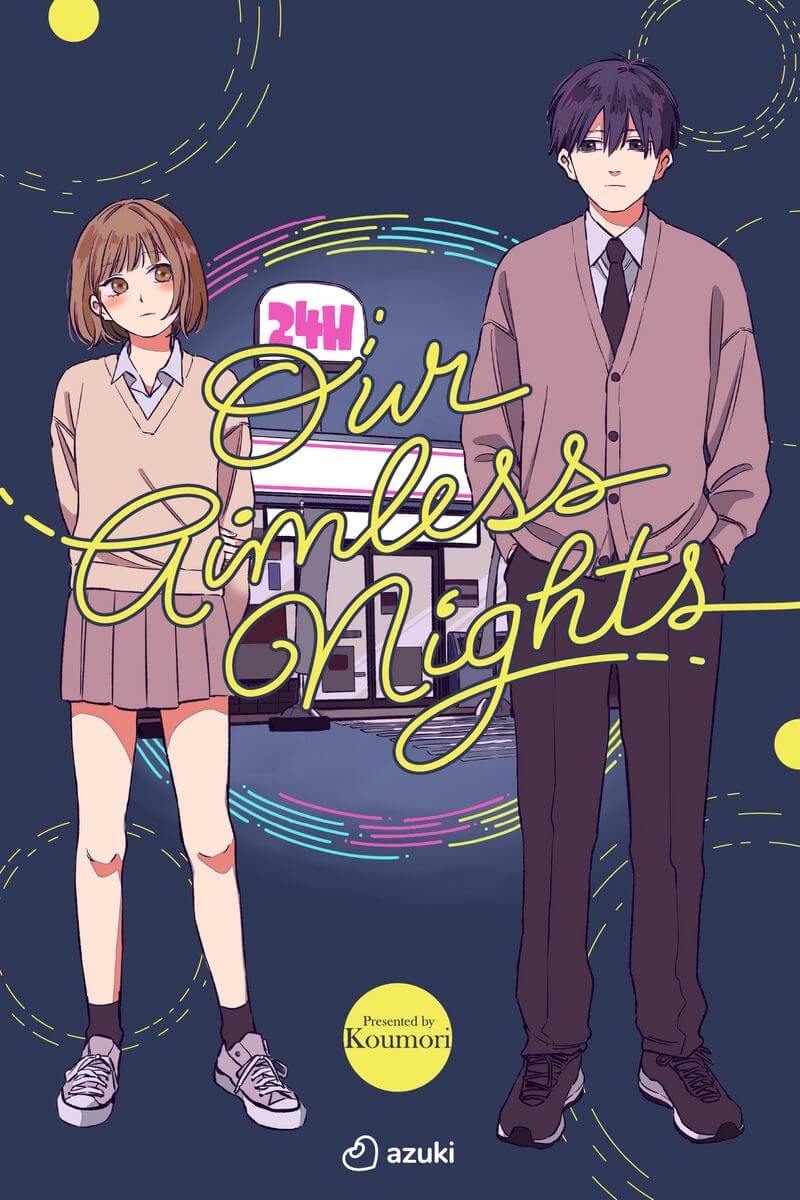
More shojo, josei and romance
WESCOTT: Action comics are by far the most popular in English markets, but folks from Azuki have said in the past that slice of life and romance titles have also done very well on the platform. Is that still the case, and if so, why do you think that is?
MINTO: This is still the case for us, and it’s something we’re really proud of. Because action comics are so popular, proportionally there’s been more money and attention given to those series, and there are even services that focus on them. But there are a lot of readers who want more shojo, josei, romance, and other demographics and genres that don’t fall under that shonen action umbrella.
I think these series have done well on Azuki because we have a lot of them from a few different publisher partners, and we promote them a lot to our readers. We don’t treat shojo and josei manga as a secondary thing, they’re a licensing and marketing priority for us.
WESCOTT: Vertical webcomics (via platforms like WEBTOON) have become increasingly popular. While Azuki features a “vertical strip” setting, it does not host vertical webcomics per se. How do you see manga-style comics as distinct from vertical webcomics? Might the platform carry vertical webcomics in the future?
MINTO: In my personal opinion, vertical-scrolling webtoons are a really interesting new form of comics, and present lots of opportunities for artists to play around with new layouts. But I also find value in the constraints of traditional paginated comic storytelling, and it’s clear there are a lot of readers who agree — just look at how many webtoons are being reformatted into traditional comics for print releases!
All that is to say webtoons are great, just different! We don’t have a focus on them at the moment, but we’re open to adding them to Azuki in the future as our catalog expands.
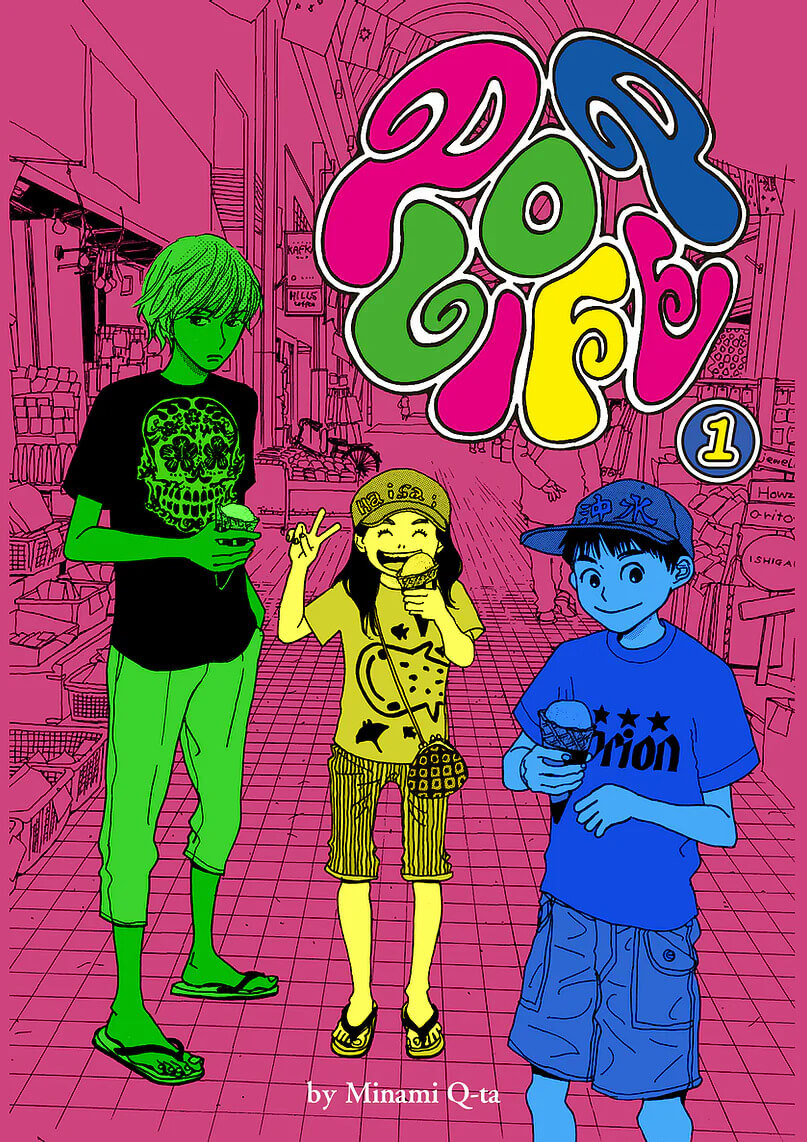
Personal favorites
WESCOTT: Azuki published an interview with Tsukiya, the artist of The Yakuza’s Guide to Babysitting, back in 2022. Is there a chance that we might see additional interviews in the future?
MINTO: We’d love to do more of these! Currently we don’t have any plans for them, in part because it requires extra coordination with Japan and we’ve got our hands full with approvals for licensing and publishing our series. But they’re fun and really interesting, so I hope to do a few more in the future.
WESCOTT: Are there titles on Azuki you’d like to shout out as particularly underrated? Any personal favorites?
MINTO: Tokyo Tarareba Girls is basically a manga Sex and the City, from Princess Jellyfish creator Akiko Higashimura, and follows three unmarried women as they try and repeatedly fail to find a decent man in Tokyo. Available from Kodansha.
Pop Life is a really sweet and well-observed slice-of-life story about two middle-aged mothers raising their kids together, from the indie artist Minami Q-ta and Star Fruit Books.
Insufficient Direction is legendary josei artist Moyoco Anno’s hilarious autobiography about being married to Evangelion creator Hideaki Anno, available from CORK and MediaDo.
My personal favorite series is probably My Dear Detective: Mitsuko’s Case Files by Natsumi Ito, which is a feminist detective story set in 1930s Japan, with two lovable sleuth main characters and meticulously researched historical details.
We’ve got over 350 series on Azuki from about 25 different publishers, so there are so many more to read!

Looking for the right partner
WESCOTT: How and when did your partnership with Scholastic and Graphix come about? At what time did planning begin in earnest?
MINTO: For the past year or so Azuki has been exploring print publishing, and looking for the right partner to get our books in print. We got introduced to some folks from Scholastic last spring, and there was a lot of back and forth to figure out which series to release and how we wanted to structure the licenses. But the most complex part was getting the deals approved with our Japanese publishers. There were a lot of contract terms to work out to make sure everyone was on the same page, especially since these were pretty much first-of-their-kind licenses.
WESCOTT: The first two series to receive Graphix releases are Hikaru in the Light! and Mecha-Ude: Mechanical Arms. Why these two series in particular?
MINTO: We pitched every Azuki series to Scholastic, and talked with them to figure out what fit their audience best. They were most interested in Hikaru in the Light! and Mecha-Ude, partly because they’ve got such relatable stories about young heroes working toward their goals and forming friendships along the way. Scholastic is of course a children’s and young adult publisher, so it’s important for them to license series that are appropriate for their audience.
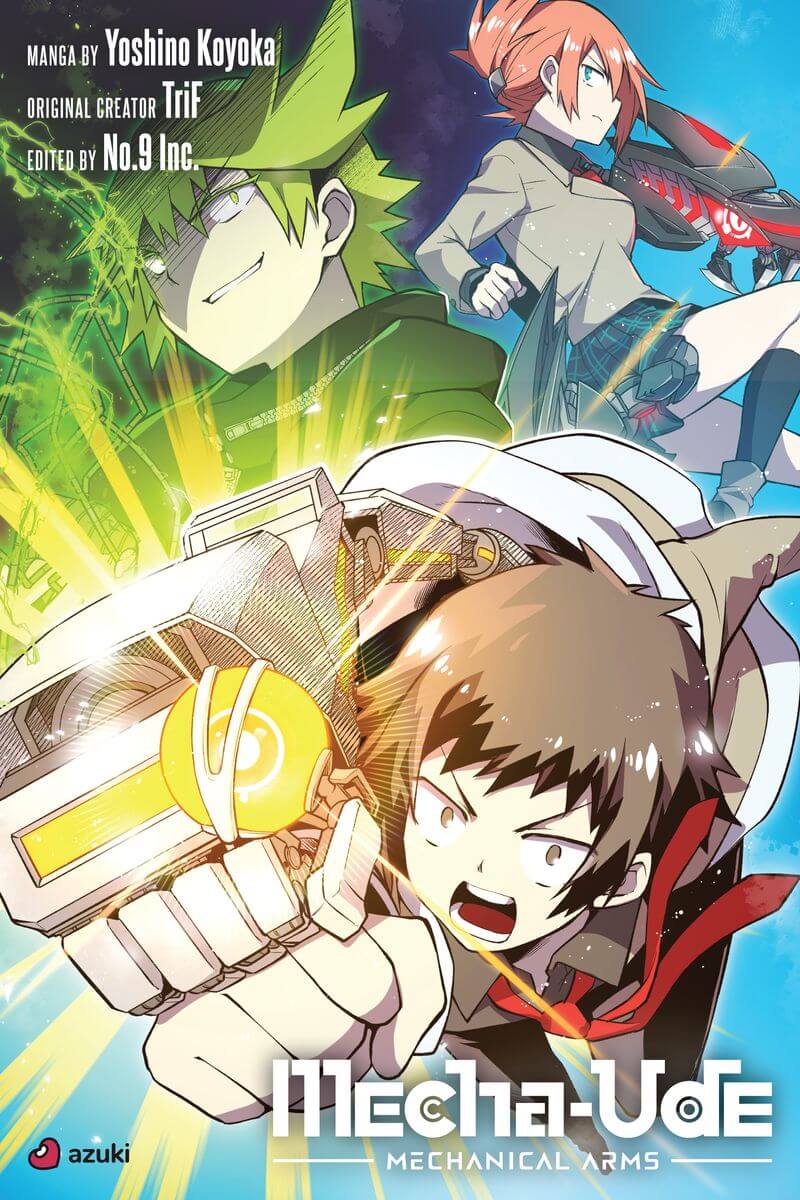
The hands of young readers
WESCOTT: Regarding the coloring process, how did you decide which colorists to work with? Who are they? Are the original artists in the loop regarding how the color versions of their work will be handled?
MINTO: Scholastic is managing the coloring work, but Azuki, the Japanese publishers, and the artists are supervising, and all coloring decisions must be approved by the artists before they go to print. So we didn’t select the specific colorists, but we’re making sure the coloring is consistent with the Japanese color pages, the covers, and in Mecha-Ude’s case, the anime.
WESCOTT: How else might this collaboration with Scholastic differ from other print releases of Azuki-affiliated titles? From other traditionally published manga?
MINTO: They’re very different! For My Dear Detective: Mitsuko’s Case Files, available soon in print from Seven Seas, we weren’t directly involved in the license, but coordinated with Seven Seas afterwards to share our translation.
For Hikaru in the Light! and Mecha-Ude, Azuki is directly involved in approvals and brand management for the print releases. And of course, the fact that they’re being colored for the English release is a big departure for modern manga. It’s our hope that Scholastic will get these series into the hands of lots of young readers who either haven’t read manga yet, or are just starting their journey as manga fans.
More Info: Visit Azuki’s Website and follow them on Bluesky, Twitter, Mastodon, and Instagram!
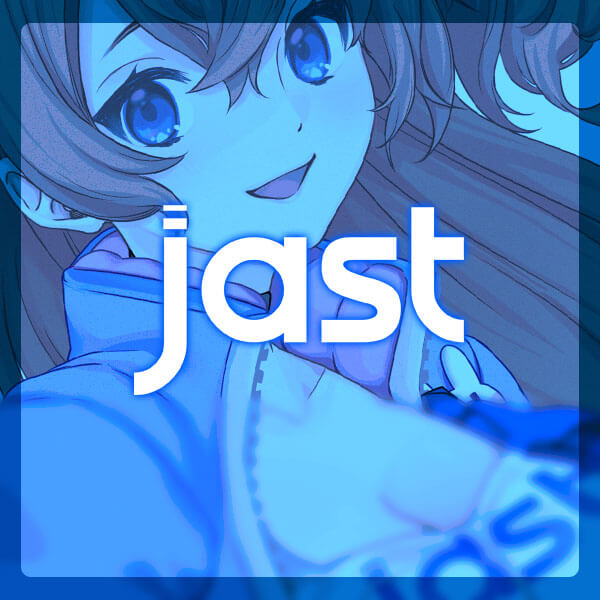
Featured Sponsor - JAST
The sweetest romance and the darkest corruption, the biggest titles and the indie darlings; for visual novels and eroge, there's nowhere better.
Big thank you to our supporters
From their continous support, we are able to pay our team for their time and hard work on the site.
We have a Thank-You page dedicated to those who help us continue the work that we’ve been doing.
See our thank you page